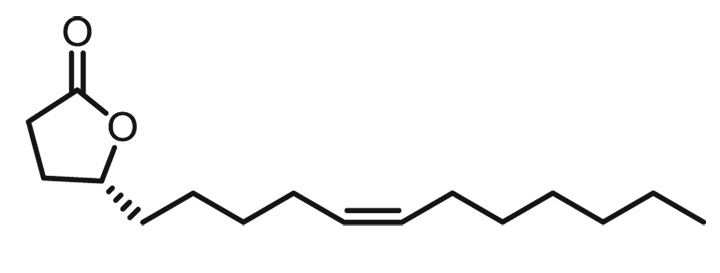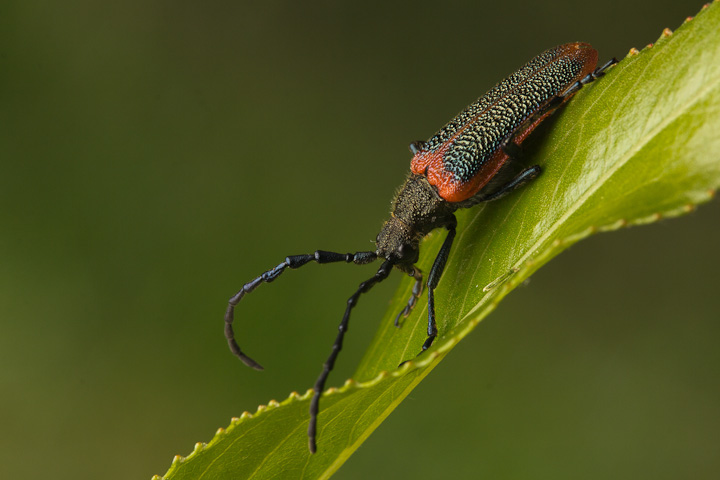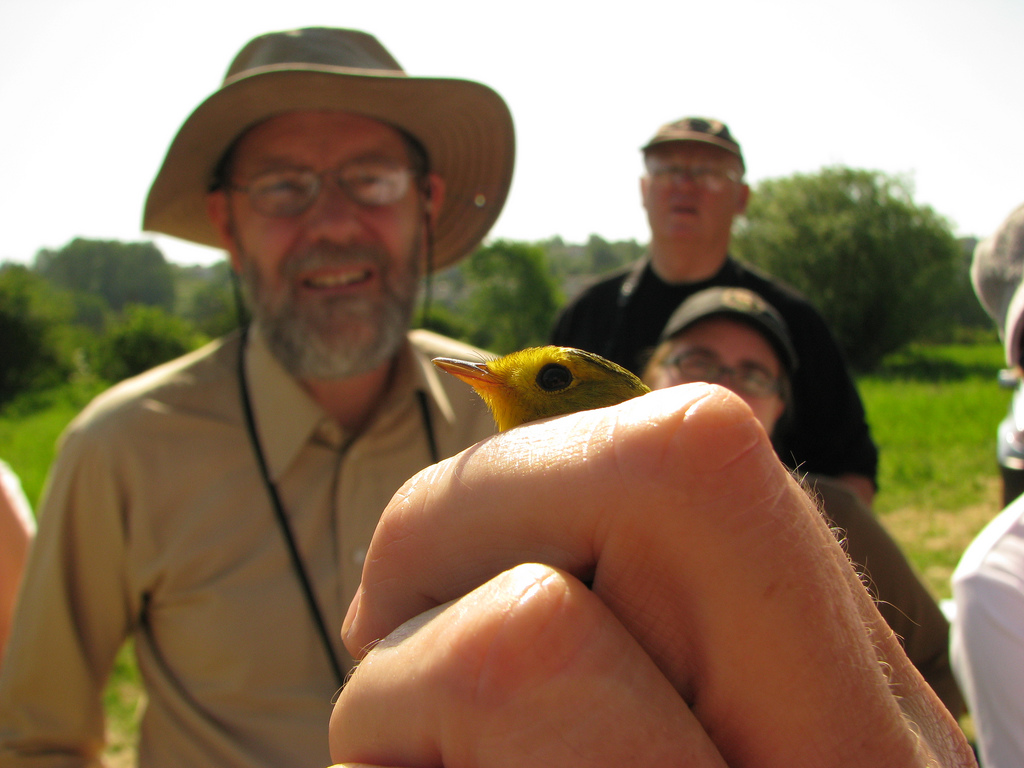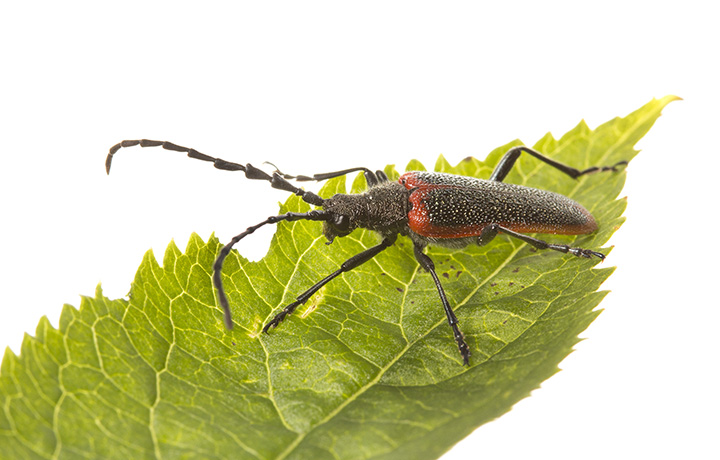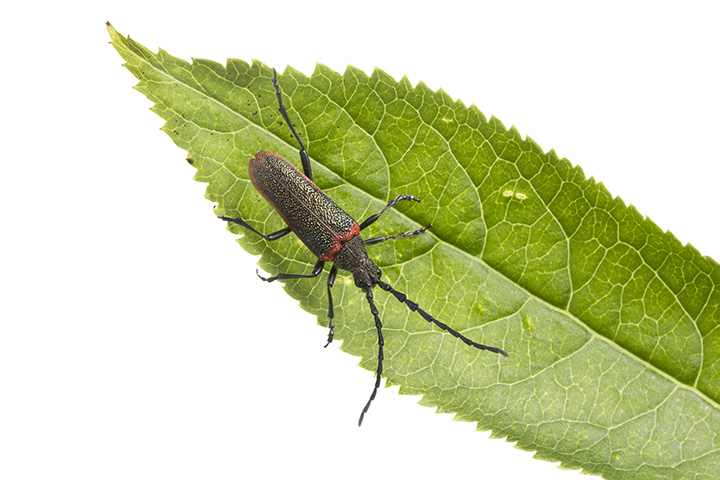 This post is about a paper recently published in PLOS-ONE, on the chemical ecology of elderberry longhorn beetles. If you want to read it in its entirety, click here. Below is the story of my end of the collaboration leading to this publication.
This post is about a paper recently published in PLOS-ONE, on the chemical ecology of elderberry longhorn beetles. If you want to read it in its entirety, click here. Below is the story of my end of the collaboration leading to this publication.
In 2011, I attended the annual meeting of the International Society for Chemical Ecology (ISCE). This was one of my easiest conferences ever, as it was being held at Simon Fraser University, where I was doing my PhD. I had the great pleasure of meeting with Dr. Annie Ray, who was then researching chemical ecology of lepturine longhorn beetles, commonly known as flower longhorns.
She gave a great talk about her research topic, which was at the time a fairly neglected area of research, as there are few lepturine pests, and hence little interest in researching their sex pheromones.
Nonetheless, there are definitely applications for this knowledge, especially to better study the endangered valley elderberry longhorn beetle (Desmocerus californicus dimorphus, hereafter VELB), which has been of major conservation concern in California’s Central Valley for decades.
Dr. Ray, along with Dr. Jocelyn Millar and others had recently identified the VELB pheromone as (R)-desmolactone, and had showed that it was effective in trapping male VELB in the field.
We got to talking after her presentation, and Dr. Ray mentioned that we had a species of Desmocerus in BC. I told her that if she ever needed any help trapping these beetles, she should look me up. I did not think it was likely that anything would come of it, as our local Desmocerus aureipennis is not endangered, but sure enough, the next season, a bunch of traps and some chemicals arrived at the lab. Dr. Ray and Dr. Jocelyn Millar wanted to test out their synthetic candidate pheromone for VELB on its relatives!
I quickly racked my brain for areas to test these compounds. We had extensive elderberry as understory vegetation on Burnaby Mountain, so I set up some replicates just outside the Biology Department in the woods. These traps caught nothing, so doing some reading on VELB, I realized that the California species likes “elderberry savannah” habitat. The only place I could think of that fit that description close by was Colony Farm Regional Park, a location where I had done some volunteer bird banding.
After applying for and receiving permits, the flight season for the beetles was almost over. Nonetheless, the traps caught many beetles. This was a promising start.
The next season, we were ready. We had new traps, plus two enatiomers of the candidate pheromone, in order to determine which of the two, or perhaps both were active. We prepared traps with a mixture of the two chemicals (called a racemic mixture or racemate), in order to determine whether one would inhibit the effectiveness of the other. This is important in chemical ecology of insects, as preparation of a racemic mixture is vastly cheaper than production of an enantiomerically pure chemical, and if the racemate is attractive, there is no need to go to the trouble of producing the pure substance.
With the traps out, we waited a week. When we came back, the traps with the racemate and the (R)-desmolactone had caught many many beetles, whereas the control and the traps containing S-desmolactone only had only caught a single beetle each (one trap almost caught a bear, but that is another story). Therefore, the (R)-desmolactone appears to be the sex pheromone of Desmocerus auriepennis, as it was for D. californicus.
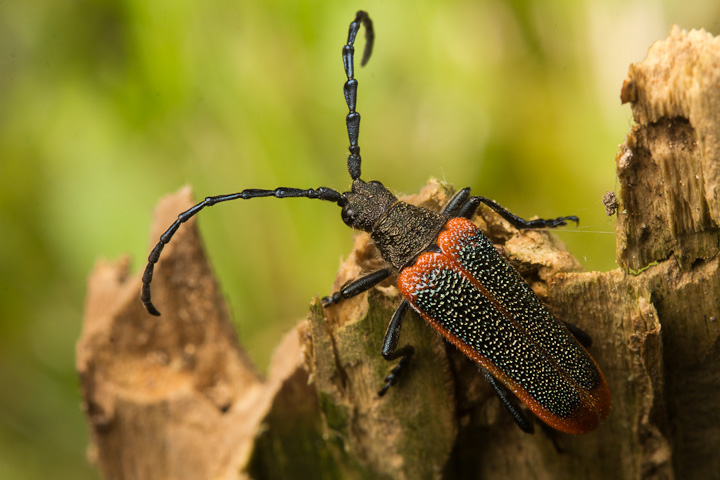
I had never seen these beetles in the field until I did the trapping experiment, so I took the opportunity to do some photography of a few males we had caught.
When the results started coming in from other trapping sites in the experiment, we quickly saw that this pattern held true for a number of Desmocerus species and subspecies. Desmocerus palliatus, D. auriepennis auriepennis, and D. lacustris all responded well to the (R)-enatiomer and somewhat less strongly to the racemic mixture.

FIGURE 1: Photos of the species and subspecies of Desmocerus included in the present manuscript. A: D. a. aureipennis; B: D. a cribripennis; C: D. a. lacustris; D. D. c. dimorphus (VELB); E. D. palliatus. (Photo of D. palliatus by Paul Bedell). doi:10.1371/journal.pone.0115498.g001
When Dr. Ray sent me the first draft of the paper, I thought it might be good to have some photos of the species under study, so I prepared Figure 1 above. Since we did not have any pictures of Desmocerus palliatus, I reached out to Paul Beddell, and asked if we could publish his great photo in the paper. I was also interested to learn that my Colony Farm traps were by far the most effective, catching many times more individuals than other sites.

Desmocerus auriepennis cribripennis shot on some Red Elderberry. Their flight season at Colony Farm seems to coincide with the flowering of this shrub, and ends when the fruits are formed.
Using the results from these studies, areas can be more effectively surveyed for the endangered VELB, making this kind of surveillance cheaper and more effective. The pheromone catches only male beetles, so risk to females is low, and using a live trap design, males can usually be released unharmed.
In addition, now that we know that the pheromone is effective for VELB’s congeners, any studies of these beetles have got a great head start. I for one would be interested to survey the distribution and abundance of the beetles in BC, as Red Elderberry is a common shrub in forested habitats. Why are they so abundant at Colony Farm? Are there some populations to be found in other habitat types? Are there any differences in the pheromone mixtures produced by the various Desmocerus species?
